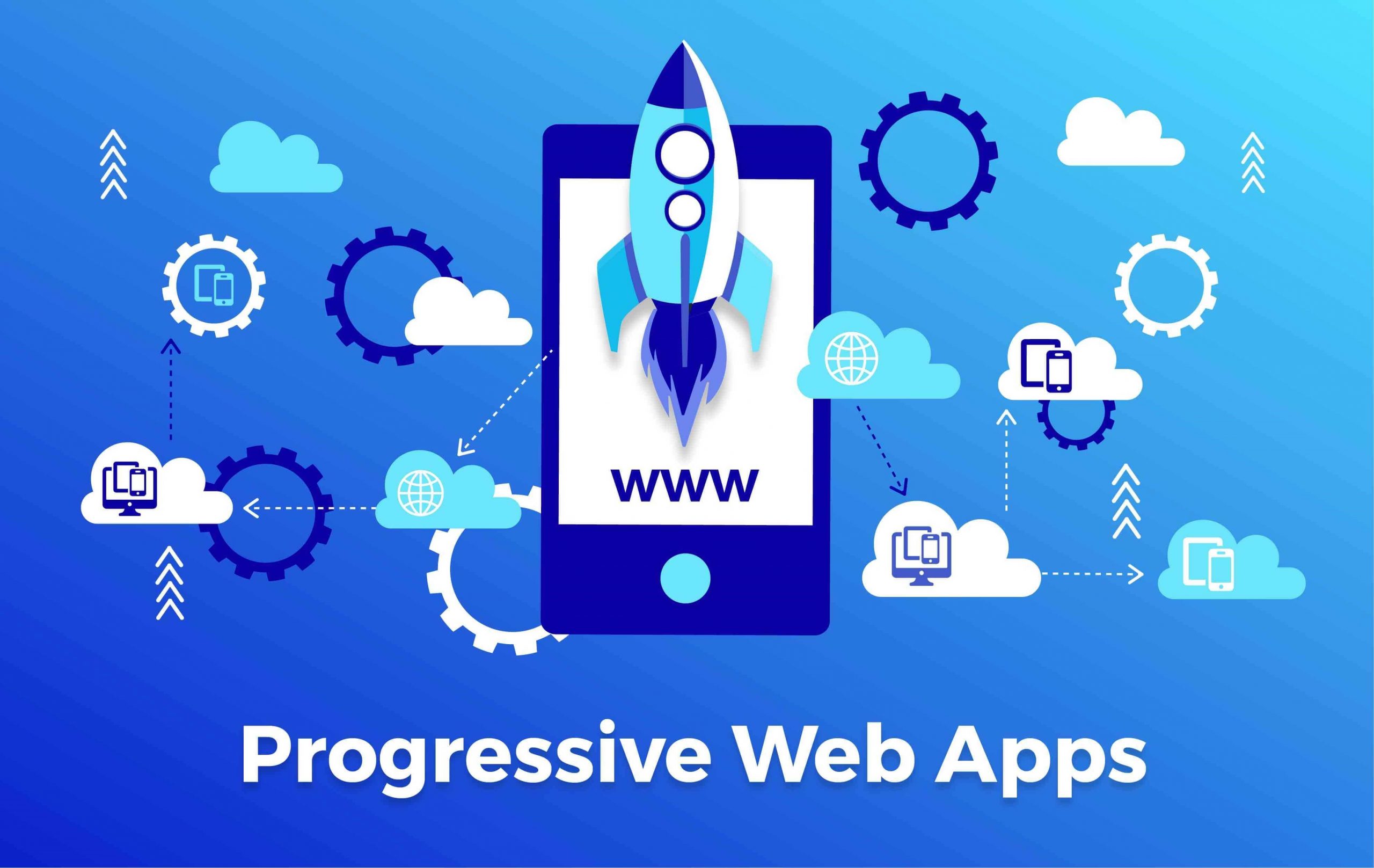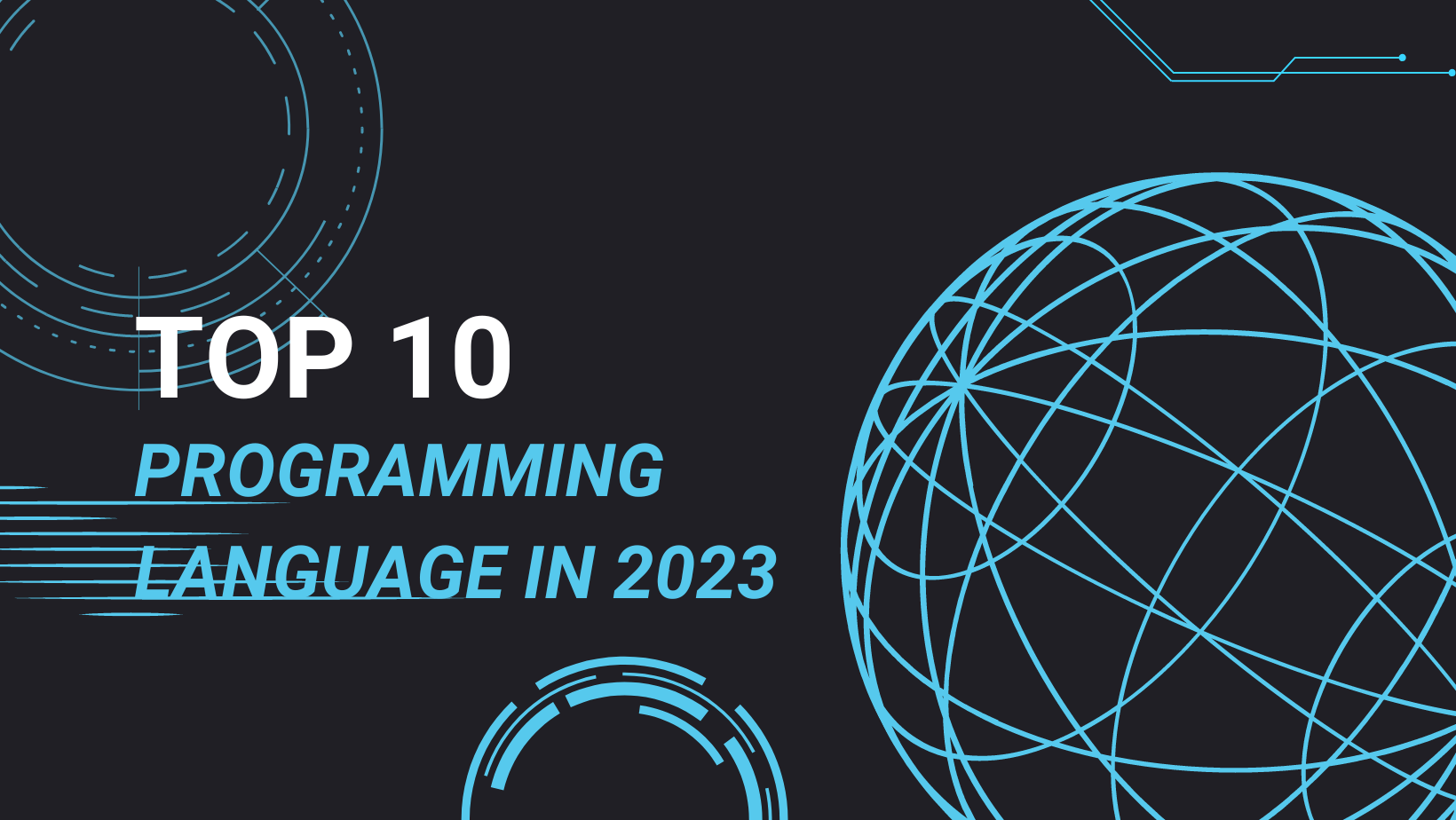Web Development: Unveiling the Frontend, Backend, and Full-Stack Development

In the digital era, the World Wide Web has become an indispensable part of our lives. Websites and web applications power our everyday activities, from communication and information retrieval to entertainment and e-commerce. Behind the scenes, web development plays a crucial role in bringing these online experiences to life. In this blog, we will explore the different aspects of web development, including frontend development, backend development, and the all-encompassing field of full-stack development.
What is Web Development?
Web development refers to the process of creating websites and web applications. It involves a combination of coding, designing, and configuring various elements to ensure a seamless user experience. Web development encompasses different aspects, such as frontend development, backend development, and database management. Each of these areas contributes to the overall functionality and aesthetics of a website.
Frontend Development:
Frontend development, also known as client-side development, focuses on the visible and interactive parts of a website or web application. Frontend developers are responsible for creating the user interface (UI) and ensuring that the website is aesthetically pleasing, responsive, and user-friendly. They use languages like HTML (Hypertext Markup Language), CSS (Cascading Style Sheets), and JavaScript to build the frontend components.
HTML provides the structure and content of web pages, CSS controls the presentation and layout, while JavaScript adds interactivity and dynamic features. Frontend developers collaborate with UI/UX designers to implement their designs and create an engaging experience for users. They are also responsible for optimizing websites for different devices and browsers to ensure consistent performance across platforms.
Backend Development:
While frontend development focuses on user-facing aspects, backend development deals with the server-side functionality of websites and web applications. Backend developers handle behind-the-scenes operations, such as server management, database integration, and business logic implementation. They work with languages like Python, Ruby, PHP, Java, and frameworks like Django, Ruby on Rails, Laravel, and Spring to build the server-side components.
Backend developers handle tasks such as data storage, retrieval, and manipulation, user authentication, and application logic. They interact with databases, APIs (Application Programming Interfaces), and external services to ensure that the front and back end communicate effectively. Security is also a crucial aspect of backend development, as developers need to protect sensitive data and prevent unauthorized access to the system.
Full-Stack Development:
Full-stack development involves working on both the frontend and backend aspects of web development. Full-stack developers possess a comprehensive understanding of the entire web development process and can handle multiple technologies and frameworks. They can work on both client-side and server-side code, making them versatile and adaptable to various project requirements.
Full-stack developers are proficient in frontend languages like HTML, CSS, and JavaScript, as well as backend languages like Python, Ruby, or Java. They are familiar with frameworks and libraries on both ends, allowing them to build and deploy complete web applications independently. Full-stack development offers the advantage of end-to-end control and the ability to create fully functional and interactive web applications
Benefits of Web Development
Web development brings numerous benefits to businesses, individuals, and the online community as a whole. Here are some key advantages of web development:
Global Reach: A website allows businesses to reach a global audience, breaking the barriers of location and time zones. With an online presence, companies can expand their customer base and attract users from around the world, increasing their reach and potential for growth.
Increased Visibility and Branding: Having a well-designed and functional website enhances a company’s visibility and credibility. A professional website helps to establish a strong online presence and build brand recognition. It serves as a digital storefront, providing information about products, services, and company values, thereby fostering trust and loyalty among customers.
24/7 Availability: Unlike traditional brick-and-mortar businesses with fixed operating hours, a website allows businesses to be accessible round the clock. Customers can visit the website at their convenience, browse products or services, make purchases, and contact the company at any time. This availability enhances customer satisfaction and opens up opportunities for sales even during non-business hours.
Cost-Effectiveness: Web development offers cost-effective solutions for businesses. Compared to establishing physical stores or offices, setting up and maintaining a website is relatively affordable. It eliminates the need for excessive overhead costs, such as rent, utilities, and staffing. Websites also serve as a platform for online marketing, reducing the reliance on costly traditional advertising methods.
Improved Customer Service: Websites provide an avenue for efficient customer service. Through features like live chat, contact forms, and FAQ sections, businesses can address customer queries promptly, leading to increased customer satisfaction. Additionally, web development allows for personalized experiences, such as account creation, order tracking, and personalized recommendations, enhancing the overall customer experience.
Data Collection and Analysis: Web development enables the collection and analysis of valuable customer data. Through various analytics tools, businesses can gain insights into user behavior, preferences, and demographics. This data can be leveraged to make informed business decisions, refine marketing strategies, and optimize the website’s performance, ultimately leading to better customer targeting and improved conversion rates.
E-commerce and Online Sales: Web development plays a crucial role in enabling e-commerce and online sales. An e-commerce website allows businesses to sell products or services online, reaching a wider audience and increasing revenue potential. By integrating secure payment gateways and providing a smooth checkout process, businesses can facilitate seamless transactions and offer a convenient shopping experience.
Scalability and Flexibility: Websites can easily scale alongside business growth. Web development allows businesses to add new features, expand functionality, and accommodate increasing user demands. With regular updates and maintenance, websites can adapt to changing market trends and technological advancements, ensuring long-term success and competitiveness.
Competitive Advantage: In today’s digital landscape, having a well-developed website is crucial for maintaining a competitive edge. A professional and user-friendly website distinguishes a business from its competitors and helps to attract and retain customers. It also provides an opportunity to showcase unique selling points, engage with the target audience, and stay ahead in the market.
Collaboration and Accessibility: Web development facilitates collaboration and accessibility among team members, clients, and stakeholders. Web-based project management tools, cloud storage, and real-time communication platforms enable seamless collaboration regardless of geographical location. This accessibility and connectivity enhance productivity, efficiency, and overall project success.
Web development encompasses a range of skills and technologies that come together to create engaging websites and web applications. Frontend development focuses on the user interface and visual aspects, while backend development handles the server-side functionality. Full-stack development combines both frontend and backend skills, enabling developers to build complete web applications. Whether you’re interested in designing beautiful user interfaces, crafting robust server-side architecture, or becoming a versatile full-stack developer, web development offers a dynamic and ever-evolving field to explore. As the digital landscape continues to evolve, web development will remain an essential discipline, driving innovation and shaping the online experiences we encounter every day.
How can 4C Consulting Technology Division help you in Web Development?
With extensive experience in this domain, we are specialists in web development. At 4C, we create web experiences that are high performing, feature-packed, and digitally transformative. These are designed to be fully functional as well as user-friendly. We place special emphasis on the security as well as scalability of these solutions. Connect us to start your Web Development journey.









